Alligators are fascinating creatures that have survived since prehistoric times, but encounters with these powerful reptiles can be dangerous if not handled correctly. While alligator attacks on humans are relatively rare, understanding how to respond in such situations could potentially save your life. These prehistoric predators are typically found in the southeastern United States, particularly in Florida and Louisiana, where their habitats often intersect with human activity. This article presents ten essential survival tips to remember if you ever find yourself face-to-face with a wild alligator, offering practical advice based on scientific understanding of alligator behavior and expert recommendations from wildlife authorities.
Understanding Alligator Behavior

Before diving into specific survival tactics, it’s crucial to understand how alligators typically behave in the wild. Alligators are ambush predators that generally hunt by lunging at prey from the water’s edge, using their powerful jaws to capture food. They are most active during dusk and dawn, though they can be encountered at any time of day. While alligators typically avoid humans, they may become aggressive if they feel threatened or if they’ve been fed by people in the past, causing them to associate humans with food. Understanding these behavioral patterns can help you assess risk levels and respond appropriately if you encounter one of these ancient reptiles in the wild.
Keep Your Distance
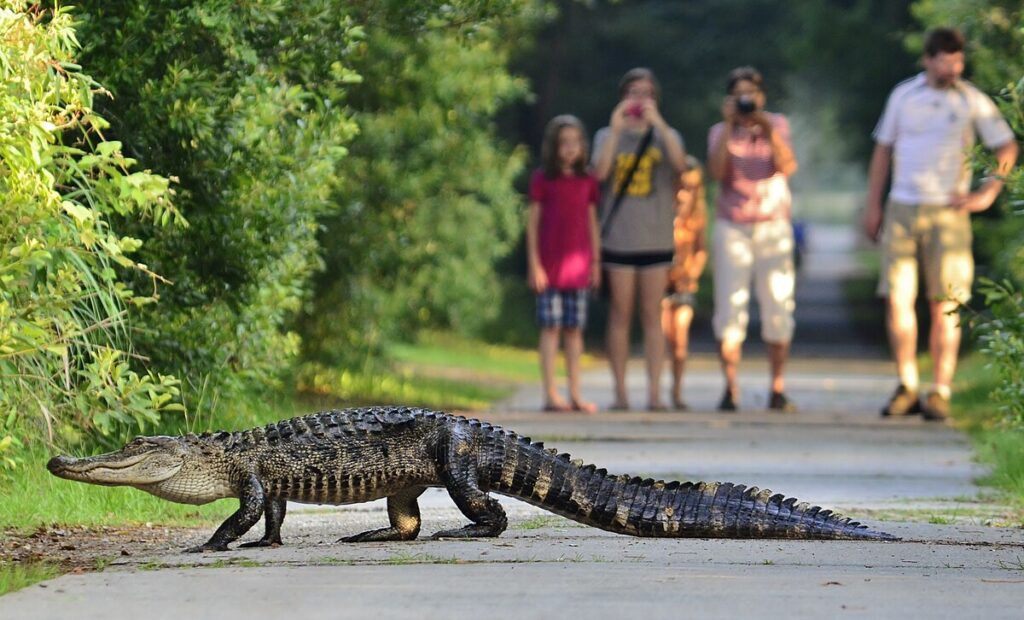
The single most important rule when encountering an alligator is to maintain a safe distance of at least 60 feet (18 meters). Alligators can move surprisingly fast on land, capable of short bursts of speed up to 35 miles per hour, though they cannot maintain this pace for long distances. Never approach an alligator for a closer look or to take photographs, as this intrusion into their space may trigger defensive behavior. If you spot an alligator while hiking or walking near water, calmly change your route to give the animal a wide berth. Remember that respecting an alligator’s space is not just crucial for your safety but also important for the animal’s wellbeing and natural behavior patterns.
Remain Calm and Back Away Slowly

If you find yourself closer to an alligator than is comfortable, resist the urge to panic or run. Quick movements can trigger a predatory response, as alligators are naturally inclined to chase fleeing prey. Instead, remain calm and slowly back away from the animal, maintaining visual contact but avoiding direct eye contact, which some alligators may interpret as a challenge. Move deliberately and quietly, taking small steps backward until you’ve reached a safe distance. Your goal is to remove yourself from the situation without alarming or provoking the alligator, which generally prefers to avoid confrontation with humans unless it feels threatened or cornered.
Never Feed Wild Alligators

Feeding alligators is not only dangerous but also illegal in most places where these reptiles are found. When alligators associate humans with food, they lose their natural wariness and become more likely to approach people, creating dangerous situations for both humans and the animals themselves. Once an alligator has been fed by humans, it may become aggressive in seeking out more food, potentially leading to dangerous encounters that often end with the alligator being euthanized. This dangerous behavior can persist long after the feeding incident, affecting how the alligator interacts with all humans it encounters in the future. Remember that feeding wildlife fundamentally alters their natural behavior in ways that can be harmful to both the animals and people.
Be Extra Cautious Near Water

Alligators are most comfortable and dangerous in and around water, where they spend much of their time and do most of their hunting. Exercise particular caution when near lakes, ponds, marshes, rivers, or any body of water in alligator territory, especially during their most active periods at dawn and dusk. Before approaching water’s edge, scan the area carefully for signs of alligators, which might include eyes above the water surface or animals basking on banks. Never swim in waters known to harbor alligators, particularly during their breeding season (April to June) when they become more territorial and aggressive. Remember that murky water significantly increases the danger, as you cannot see what might be lurking beneath the surface.
Protect Small Children and Pets

Small children and pets are particularly vulnerable to alligator attacks due to their size, which may cause alligators to view them as potential prey. When in alligator country, keep children within arm’s reach and pets on short leashes when near water. Never allow children or pets to play near water’s edge in areas where alligators might be present, even if you don’t immediately see any signs of the reptiles. Be especially vigilant during dawn and dusk hours when alligators are most active and hunting. If you’re camping or picnicking near water in alligator territory, establish a safe play area well away from the water and maintain constant supervision of children and pets.
Fight Back If Attacked

While alligator attacks are rare, knowing how to respond could save your life if the worst happens. If an alligator attacks, fight back with all available strength, focusing your defense on the animal’s most sensitive areas—the eyes and snout. Hit, kick, poke, or claw at these vulnerable spots with whatever you have available, including hands, feet, sticks, or other objects. Making yourself as difficult and painful a target as possible may convince the alligator to release you and retreat. Unlike some other predators that become more aggressive when prey fights back, alligators often seek the path of least resistance and may abandon an attack if it becomes too troublesome. Remember that while playing dead works with some predators, this strategy is ineffective with alligators and could prove fatal.
Recognize Warning Signs

Alligators typically display warning behaviors before attacking, and recognizing these signs can give you precious time to retreat. Hissing, lunging forward slightly, opening their mouth wide to display teeth, and raising their body posture are all indicators of an agitated alligator that feels threatened. A defensive alligator may also slap its tail against the water or ground, creating loud noises intended to intimidate. If you observe any of these behaviors, it’s crucial to increase your distance from the animal immediately, moving slowly and calmly away from the threat. Understanding these warning signals can provide the critical moments needed to avoid an escalation to attack, as alligators will often display threatening behavior before committing to physical aggression.
Be Aware of Nesting Season

Female alligators become extremely protective and potentially aggressive when guarding their nests and young. Nesting typically occurs from April through June, with eggs hatching in late August or early September. During these periods, female alligators may defend a territory extending up to 50 feet from their nest site, responding aggressively to any perceived threats. Nests typically appear as mounds of vegetation and mud near water’s edge, often in secluded areas with dense vegetation. If you spot what might be an alligator nest or hear the distinctive chirping sounds of baby alligators, leave the area immediately and give the mother alligator a wide berth. Remember that even smaller female alligators can be extremely dangerous when protecting their offspring.
Avoid Nighttime Activities in Alligator Territory

Alligators are primarily nocturnal hunters, with their vision specifically adapted for low-light conditions. This makes them particularly dangerous during nighttime hours when they have a significant advantage over humans. Avoid swimming, wading, or even walking near water in alligator territory after dark, when your ability to spot these reptiles is severely compromised. If camping in alligator country, establish your site well away from water’s edge and use caution when moving around after sunset. Remember that an alligator’s eyes reflect red when illuminated by a flashlight at night, appearing as glowing red dots on the water’s surface, which can help you identify their presence in emergency situations.
Report Nuisance Alligators

If you encounter an alligator that shows unusually bold behavior, seems habituated to humans, or is frequently seen in areas with high human activity, report it to local wildlife authorities immediately. Most states with alligator populations have nuisance alligator programs designed to address problem animals before dangerous encounters occur. Provide specific information about the alligator’s location, size, and behavior to help authorities assess the situation appropriately. Never attempt to handle, trap, or remove an alligator yourself, regardless of its size, as this is both dangerous and typically illegal without proper permits. Remember that reporting problematic alligator behavior can help protect both humans and the long-term conservation of these important apex predators.
Educate Yourself About Local Alligator Populations
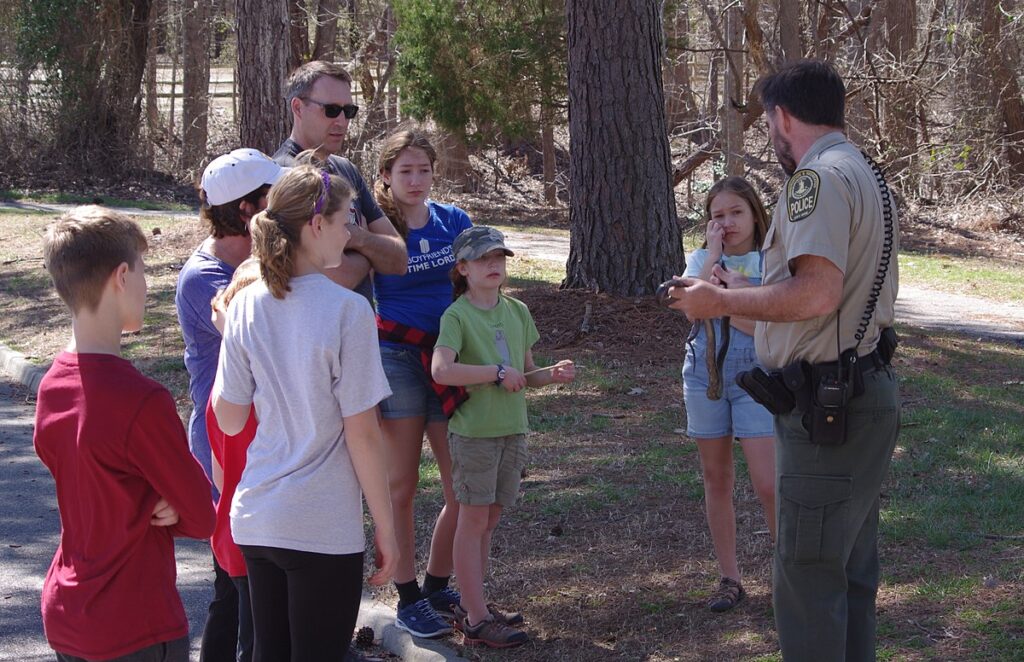
Knowledge is your best defense when living in or visiting alligator country. Take time to learn about local alligator populations, their typical behaviors, and seasonal patterns before venturing into areas where encounters are possible. Many parks and wildlife areas in alligator territory offer educational materials and warning signs to inform visitors about alligator safety. Pay attention to these resources and heed all posted warnings about alligator activity. Understanding the specific habits of alligators in your region can help you make informed decisions about where and when to enjoy outdoor activities safely. Remember that alligator behavior can vary based on geographic location, season, and local environmental factors, making local knowledge particularly valuable.
While alligator encounters can be frightening, these ancient reptiles generally prefer to avoid humans when possible. By following these ten survival tips, you can significantly reduce the risk of dangerous interactions and better protect yourself if an encounter does occur. Respect for these powerful predators, combined with education and awareness, allows humans and alligators to coexist safely in shared environments. Remember that alligators play vital roles in their ecosystems as apex predators, and with proper precautions, we can appreciate these remarkable survivors from a safe and respectful distance.

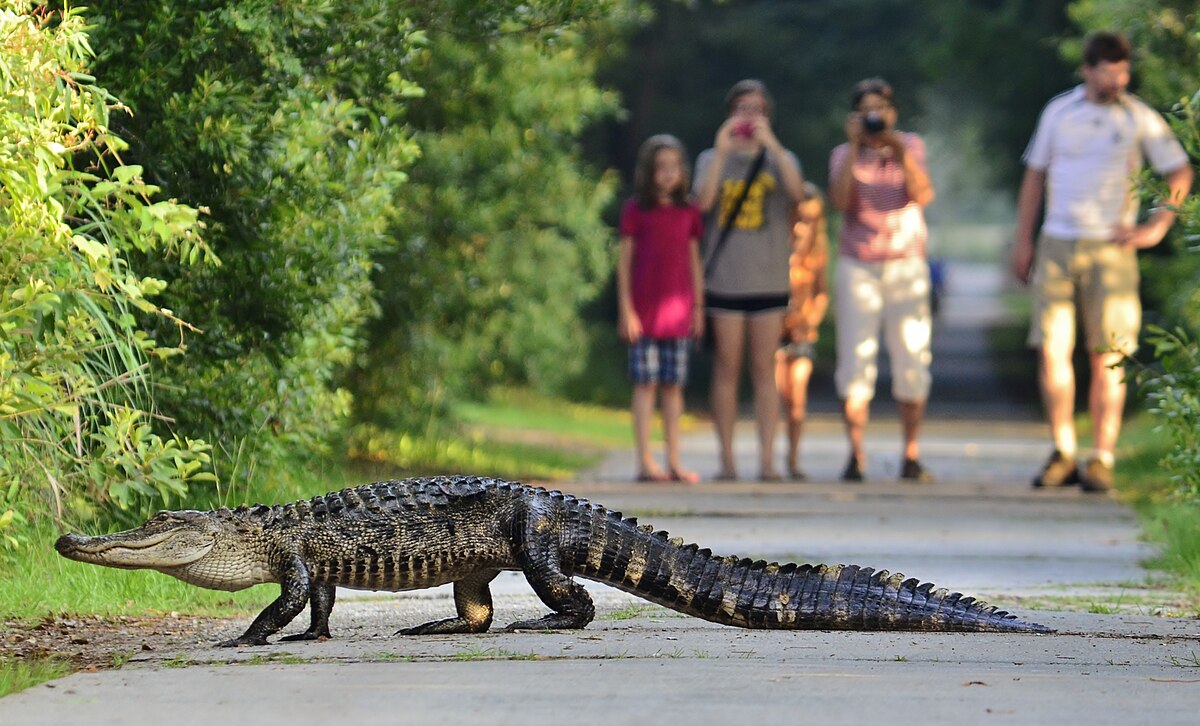
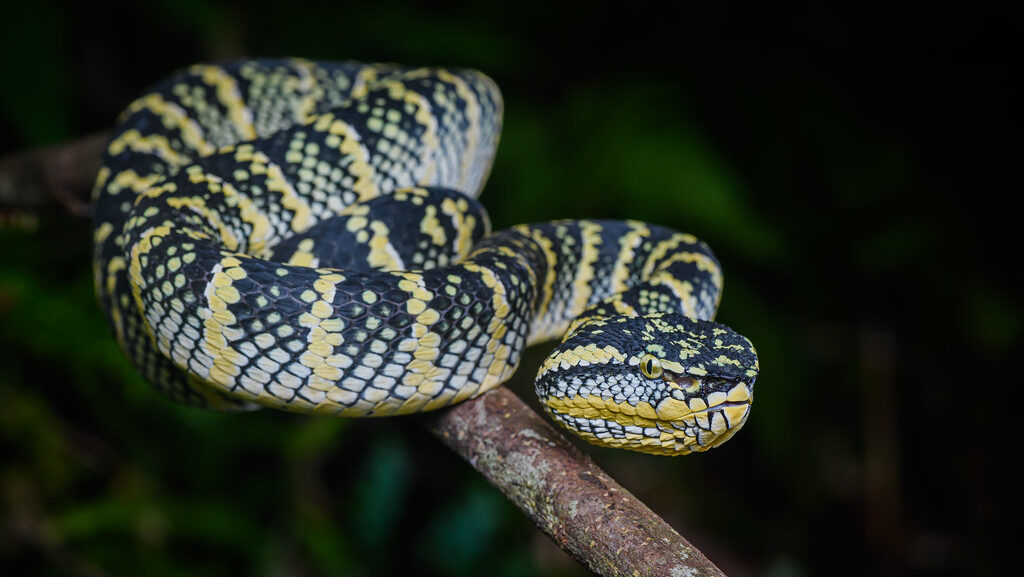
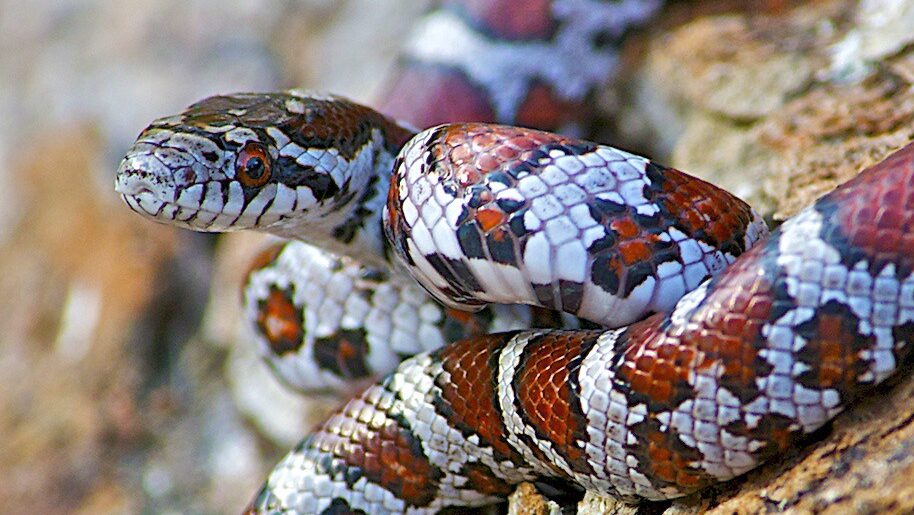


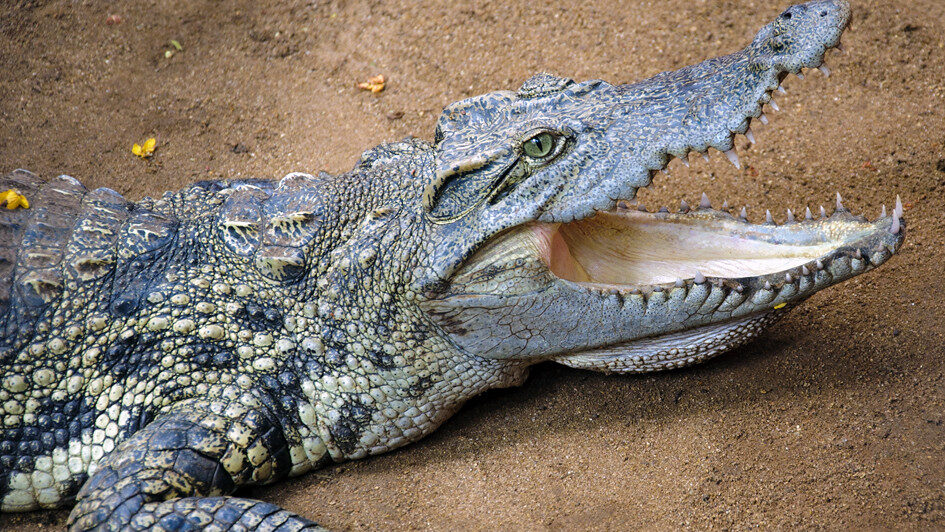
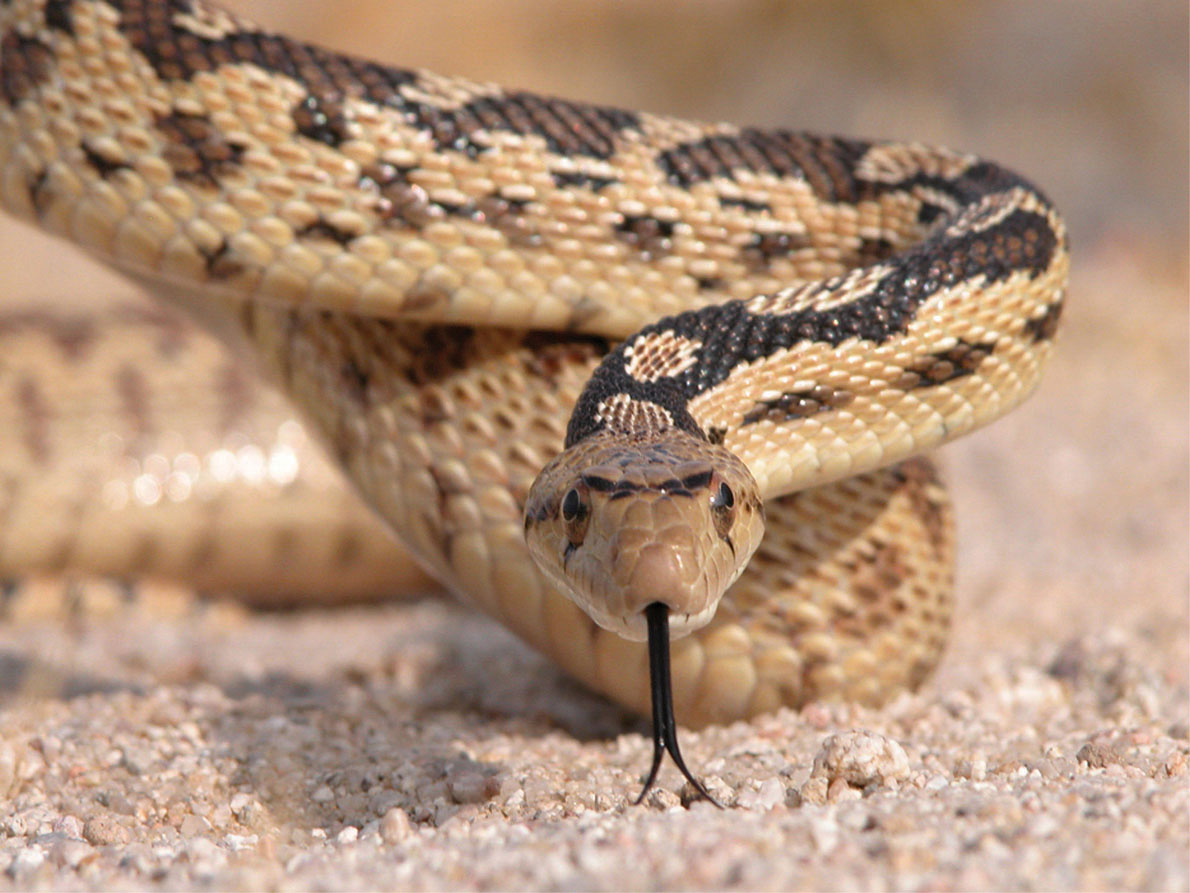
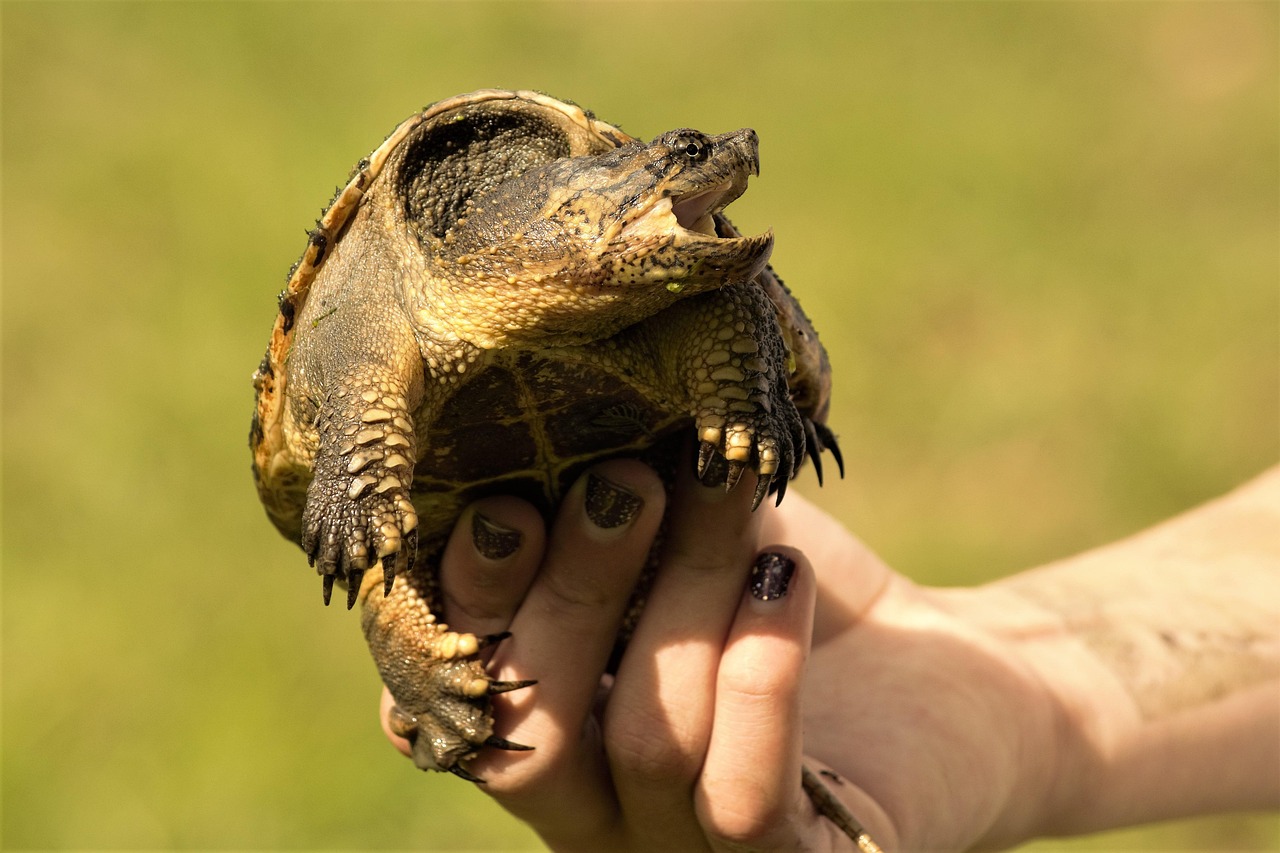
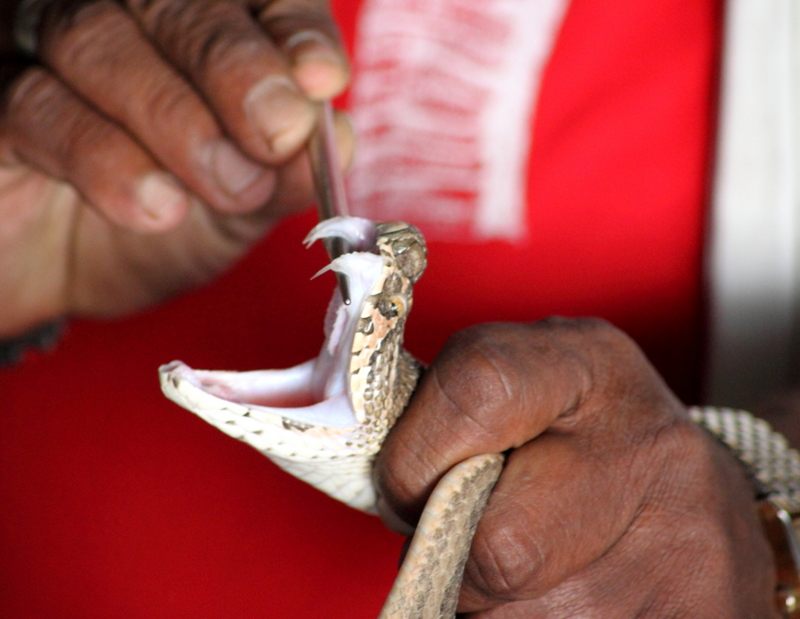
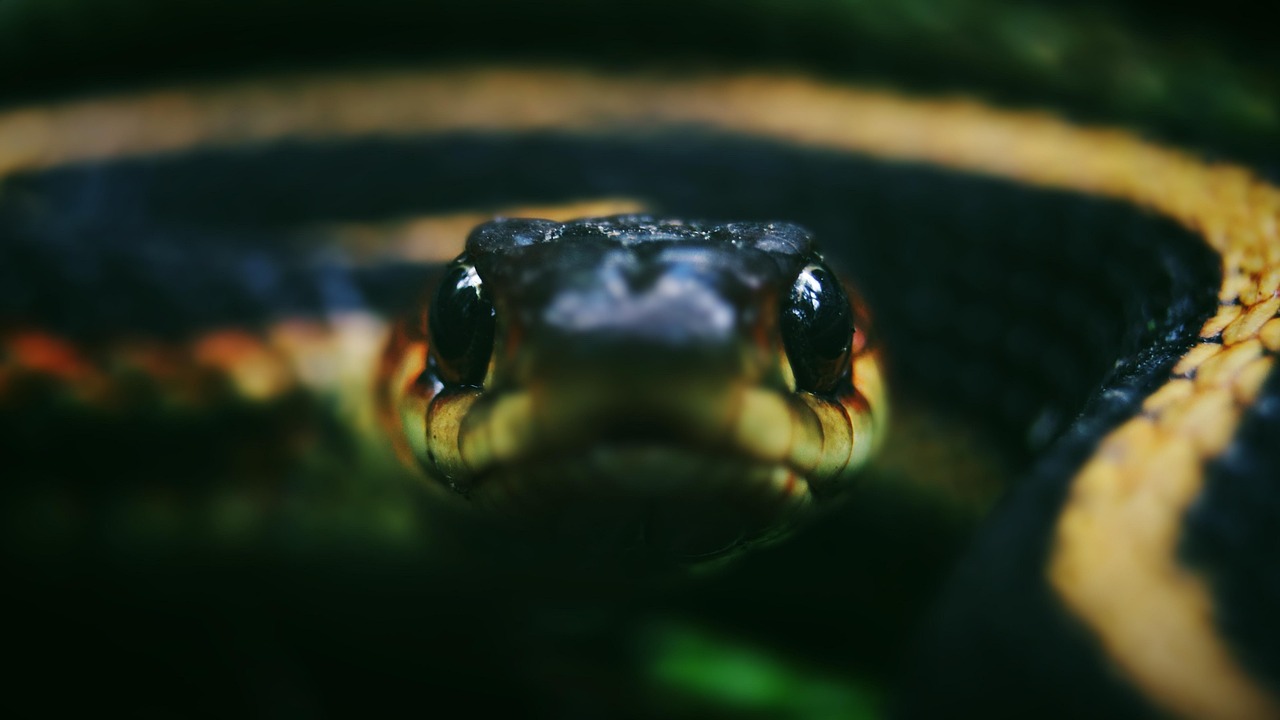

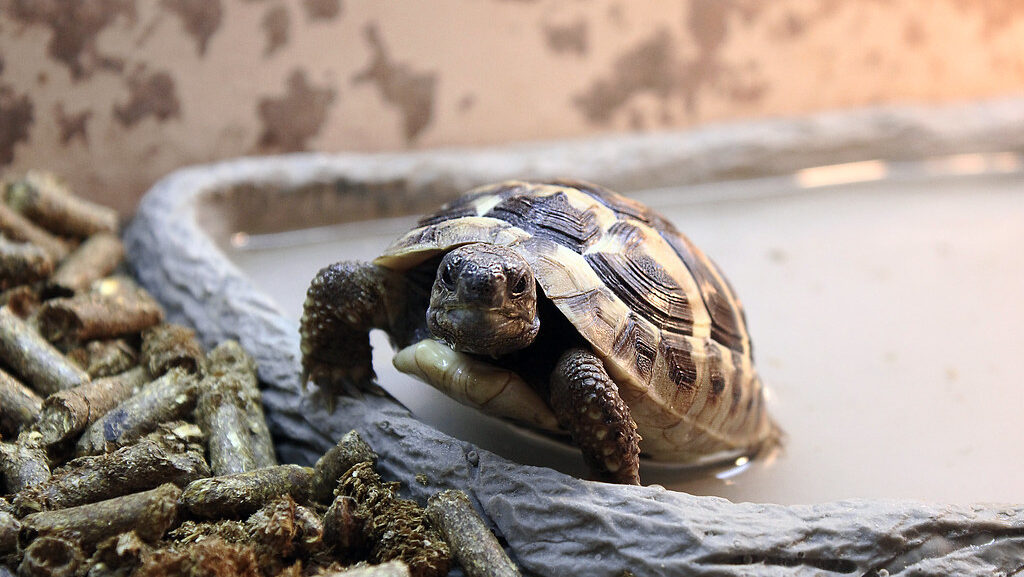
Leave a Reply